The Cleveland Indians are enjoying an All-Star season from OF Michael Brantley, and most Indians fans are aware he was acquired in the CC Sabathia trade in 2008, which featured 1B Matt LaPorta as the main return for the Tribe’s then-ace, with Brantley as a player to be named later. However, not all Indians fans may be aware of the odd nature of how Brantley became that player to be named.
Often, a PTBNL is simply a player who can’t be traded yet, such as players who were drafted less than a year ago (former Indians SP Drew Pomeranz was the PTBNL in this way for the Ubaldo Jimenez trade in 2011). But in Brantley’s case, it was the result of an unusual agreement between Cleveland and the Milwaukee Brewers, which hinged on the Brewers making the playoffs.
More from Cleveland Guardians News
- Cleveland Guardians tantalizingly close to locking up AL Central tiebreakers
- Cleveland Guardians: Terry Francona becomes meme in profanity-laced ejection
- Say goodbye to defensive shifts and hello to bigger bases, pitch clock in 2023
- Cleveland Guardians: Shane Bieber second-fastest to 800 strikeouts in major-league history
- The next week will make or break the Cleveland Guardians’ season
There’s still a tad bit of confusion regarding exactly how Brantley became the PTBNL, but the gist of the situation is clear: if Milwaukee made the playoffs, Cleveland got to pick it’s player, and it would select Brantley. If Milwaukee missed the playoffs, it selected the player who would be sent to Cleveland.
The Brewers rode Sabathia’s arm to the playoffs, barely beating out the New York Mets for a Wild Card spot. In all honesty, the Brewers might have benefited from Sabathia’s finest stretch as a major leaguer, as in 130.2 IP, he had an ERA of 1.65 (with an eye-popping 2.44 FIP), seven complete games and three shutouts. He was masterful. And his excellence netted the Indians the player they really wanted: Brantley.
Cleveland.com’s Paul Hoynes wrote at the time Brantley was selected that then-Indians GM Mark Shapiro would not explain the details of the agreement.
"The Indians were able to acquire Brantley because of a “gentleman’s agreement’ in the Sabathia trade that allowed them to pick the player of their choice from a list of four if the Brewers made the postseason. If the Brewers didn’t make the postseason, they could have made the choice on what player the Indians received.The Brewers made the postseason with Sabathia playing a pivotal role.Shapiro acknowledge that a “gentleman’s agreement’ existed, but did not go into detail about it.The other player the Indians scouted heavily before picking Brantley was Class A third baseman Taylor Green."
Jun 16, 2014; Cleveland, OH, USA; Cleveland Indians left fielder Michael Brantley (23) stands in the outfield in the first inning against the Los Angeles Angels at Progressive Field. Mandatory Credit: David Richard-USA TODAY Sports
It”s unclear who the other two players on the list were, but it’s also fairly clear the Indians were only interested in Brantley or Green, and mildly so in Green, according to MLB.com’s Anthony Castrovince:
"The Brewers, though, had been reluctant to include Brantley on the potential “player to be named later” list, finally agreeing to do so only on the condition that they reach the playoffs.So basically, if the Brewers made it, the Indians would get Brantley. And if they didn’t, the Brewers would instead send over a Minor League infielder named Taylor Green, a player the Indians, frankly, weren’t all that excited about."
Green played 78 games for Milwaukee, but missed all of 2013 with a hip injury and signed a non-roster deal to rejoin the Brewers AAA club in Nashville. Green is on the 7-day DL as of this writing, and in 53 AAA games has a slashline of .245/.298/.361. He’s 27 years old, and his big-league future is cloudy, at best.
Meanwhile, in Cleveland, Indians fans are treated to this:
